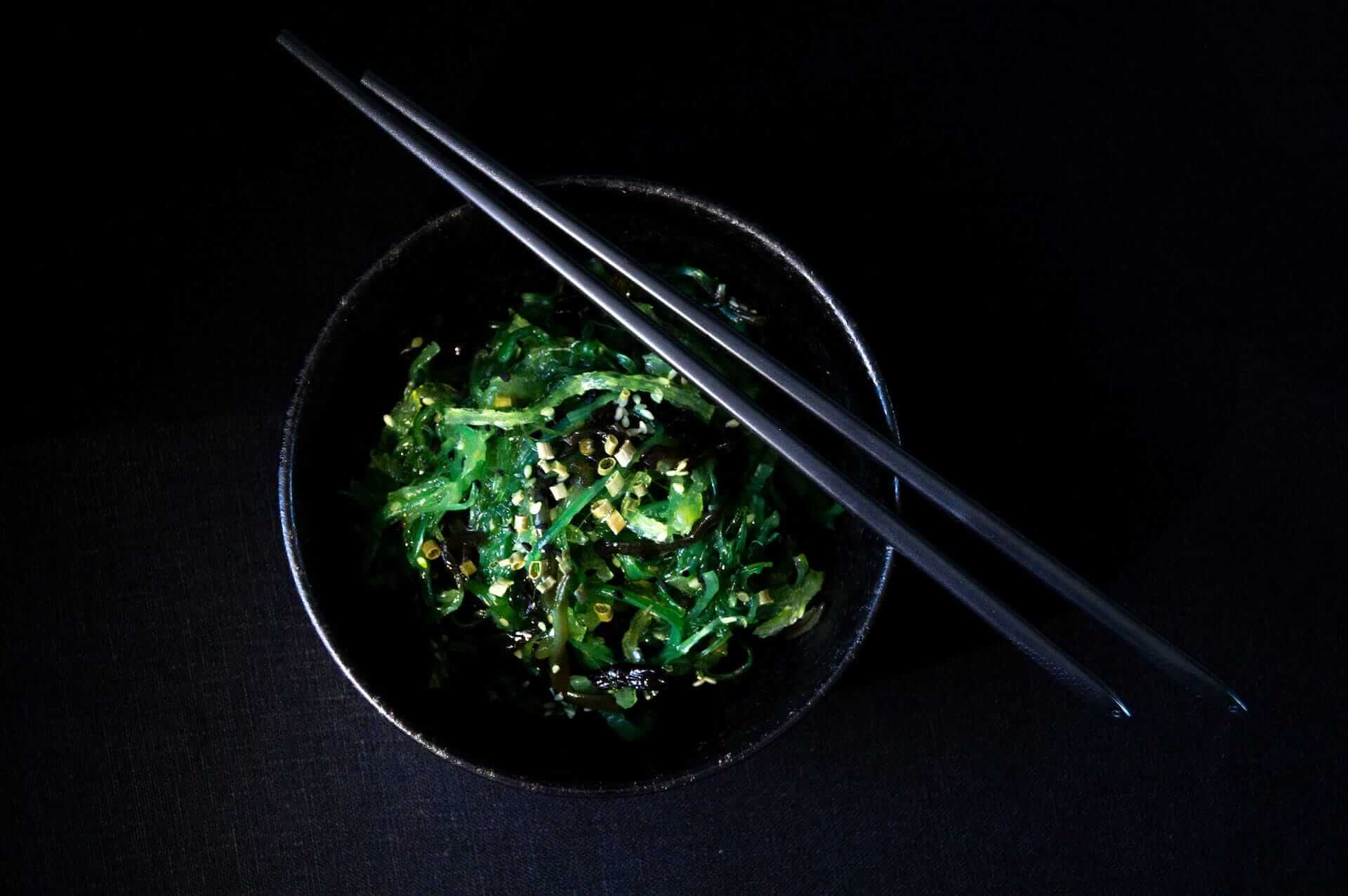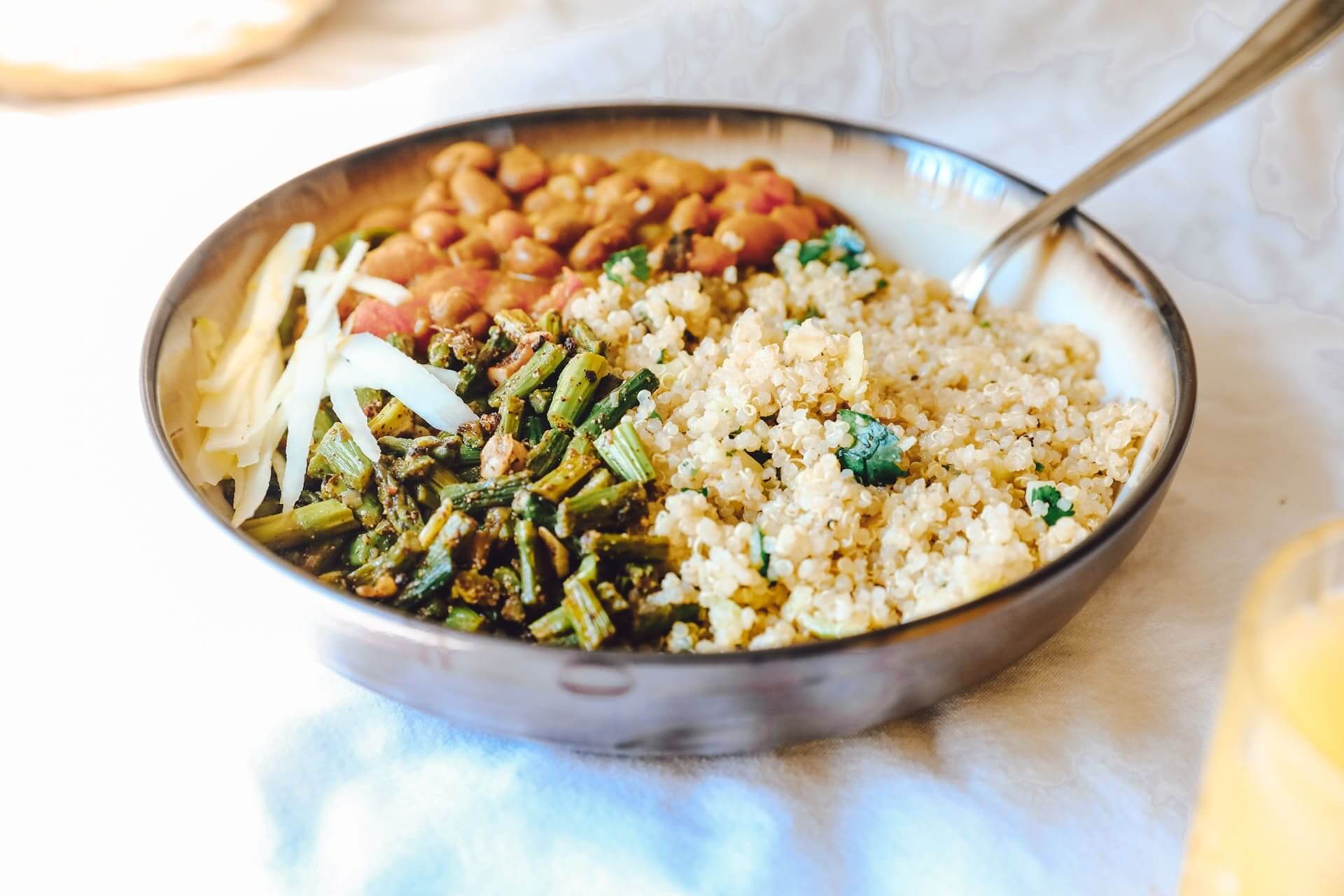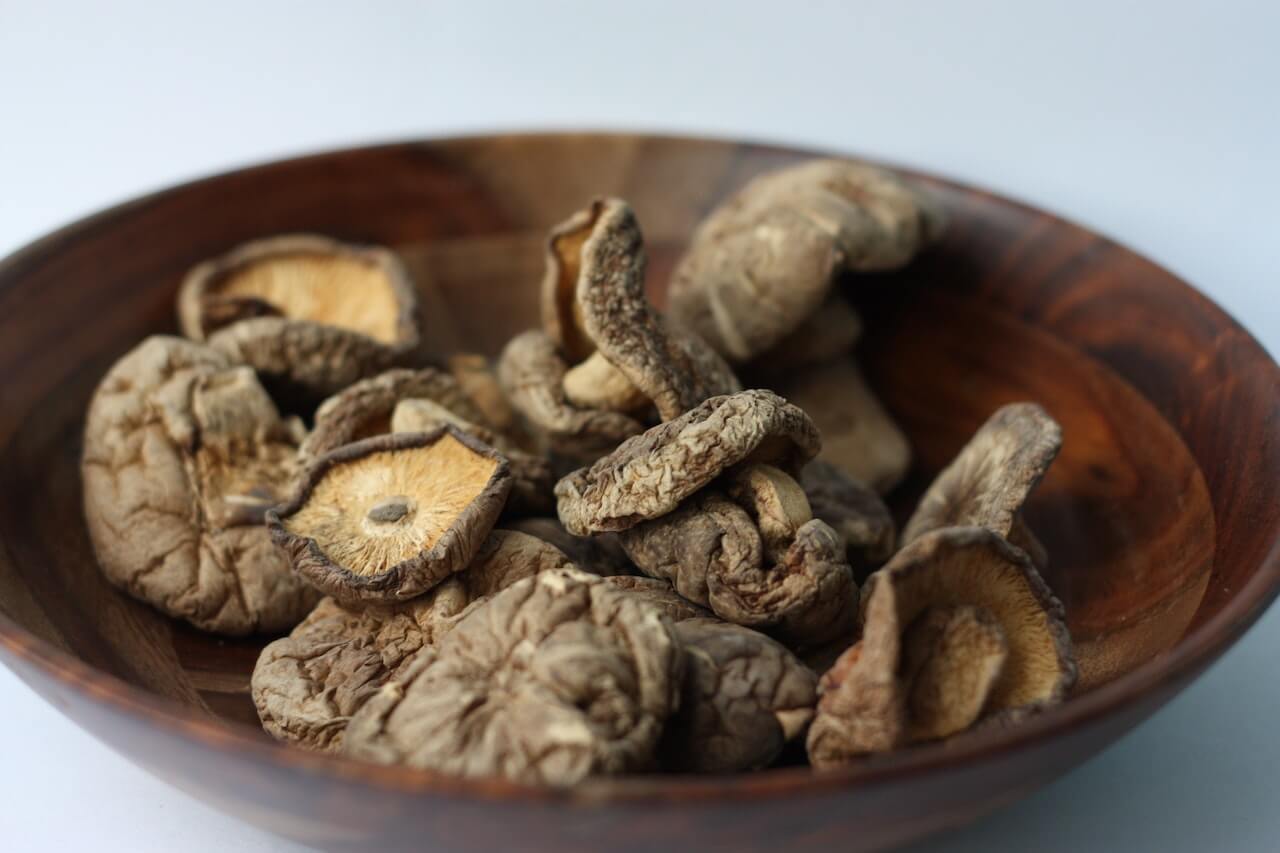Bone broth has been increasing in popularity over the last decade and is expected to continue on that upward trend.1
Bone broth provides a protein-rich liquid used in soups, stews, gravies, and sauces. It is even used as a hot beverage. Some people substitute broth instead of water when cooking rice or potatoes to boost the nutrient content.
Bone broth is free of the top allergens (milk, eggs, fish, nuts, wheat, and soy), which allows most people to be able to consume bone broth.
While there is limited research on bone broth and its health benefits, the components of bone broth have been studied and help boost your health.
What is Bone Broth?
Bone broth is made by combining the bones of any animal, any meat left on the bones, and the connective tissue and simmering it in water.
Bone broth and bone stock are sometimes used interchangeably. Both use bones and connective tissue, but the broth is simmered for 24 to 72 hours, whereas bone stock is simmered for 1 to 6 hours. The longer cook time for bone broth extracts more nutrients like protein and collagen.
Bone broth has been around for over 2,500 years. No part of the animal would be wasted, and the bones, leftover tissues, and scrap meat would be boiled with water to provide a nutrient liquid in times of plenty or scarcity.
Bone broth has served as a base for many nutritious meals by adding whole grains and vegetables to make a tasty soup.
The nutrition profile of bone broth varies depending on the type of bones used, the animal, and the time allowed to cook and extract nutrients. A cup of commercially available chicken broth made by Pacific Foods of Oregon, Inc. contains 46 calories, 9 g protein, 0.5 g fat, 161mg potassium, 290 mg sodium, and 9.6 mg cholesterol.2 Most bone broths provide about 8 to 10 g of protein per cup.
A research team analyzed homemade beef bone broth's minerals and amino acids and found that calcium, magnesium, phosphorus, sodium, and potassium were present in the largest amounts, but none surpassed 2% of the recommended daily intake.3
The research team also discovered that the most abundant essential amino acids in bone broth were histidine, arginine, and lysine. This type of broth also contains non-essential amino acids, including glutamic, aspartic, and glycine. Collagen is found in bone broth and comprises glycine, proline, and hydroxyproline.3 Collagen provides a thicker consistency of bone broth compared to bone stock.
{{mid-cta}}
How to Make Bone Broth
Bone broth is simple to make and requires only a few ingredients. The bare bones ingredient list includes water, animal bones, and vinegar.
You can use a large pot, slow cooker, or pressure cooker to make bone broth. A slow or pressure cooker allows you more freedom while cooking the broth independently for 1 to 3 days.
Many like to add freshly cut vegetables or scrap vegetables saved in their freezer to add more vitamins, minerals, and flavor to the bone broth.
You can find bones from your local butcher or grass-fed organic beef farmer. They often sell these at a discounted price or give you enough bones to make large amounts of bone broth.
Here is an easy recipe to get you started:
Ingredients
- 16 cups of water
- 2 tbsp of vinegar of choice
- 2 to 4 pounds of animal bones
- Salt, pepper, and garlic as desired
- Add in chopped carrots or celery and quartered onions if desired.
Directions
- Place all ingredients in a slow cooker. Add more water if the bones are not covered.
- Turn the slow cooker on low and cook for at least 24 hours, ideally 48 hours or more. Most slow cookers allow 12 hours for a maximum cook time. You will need to reset the cooking time every 12 hours.
- Allow the broth to cool, and pour it into containers using a mesh strainer.
- Store in airtight containers in the refrigerator for four days or up to a year in the freezer.
Why is Bone Broth Good for You? 10 Health Benefits
Good source of protein
Using bone broth to boost your protein intake at meals or snacks can help to keep you full between meals, maintain stable glucose levels, and lose weight. Bone broth supplies 8 to 10 g of protein in a 1-cup serving.2 This is comparable to a 6- or 8-ounce container of yogurt.
High in collagen
Collagen is one of the key components of bone broth. Research shows that dietary collagen may increase your body’s natural collagen production since the amino acids are readily available.4
Collagen provides structure and support to different tissues like your skin and muscles. It is inconclusive if the number of amino acids found in bone broth can match the levels of supplemental collagen. However, bone broth is the highest dietary form of collagen.
It may help prevent migraines.
New research on rats has found that including chicken bone broth may help reduce migraine sensitivity.5
Bone broth contains antioxidant properties and reduces a critical enzyme that mediates inflammation and sensitization for the start of migraines. Migraines can inhibit the quality of life and productivity, so bone broth could be a game-changer for many suffering from this affliction.
Supports digestive health
Ulcerative colitis is a chronic inflammatory bowel disease that causes ulcers in the digestive tract. This disease often leads to nutrient deficiencies.
Bone broth provides many nutrients that people with ulcerative colitis lack. Research on rats with ulcerative colitis found that the provision of beef bone broth reduced cell damage, improved the body’s immune response, and provided lacking nutrients.3 This is a promising low-cost treatment for improved digestive health.
Fights inflammation
Many amino acids in bone broth are known to be anti-inflammatory. Glycine and arginine exhibit many protective features. Glycine helps with the treatment of gastrointestinal disorders and helps to prevent oxidative stress in the body.5
Arginine helps to jump-start the body’s immune response. When the body lacks arginine in critical illness, a cascade of adverse events can lead to further inflammation and sepsis.6 Supplementing with arginine helps slow down this process.

Benefits metabolic health
Lower levels of glycine are seen with type 2 diabetes, obesity, and non-alcoholic fatty liver disease, while benefits are seen with glycine supplementation in these people. It is unknown if the lower levels of glycine contribute to the diseases or if they are lower due to the conditions.7
Bone broth provides glycine, contains zero carbohydrates, and is a good protein source. This combination leads to stable glucose levels. Bone broth will not raise glucose levels and may help boost the intake of naturally-occurring glycine.
Low glycemic index food
Bone broth is a low glycemic index food due to its low carbohydrate and higher protein content. Some recipes call for vegetables to be added initially to enhance the broth's flavor. These vegetables may add some carbohydrates to the overall dish, but with the addition of fiber, this would still make it a low-GI food.
Improves joint health
Research shows the benefits of collagen hydrolysate for people with osteoarthritis. It is absorbed, accumulates in cartilage, and helps with its formation. Research has found reduced pain and improved function in individuals with osteoarthritis.8
Collagen is found in amounts ranging from 7 to 10 g within the homemade bone broth. Cooking your broth for longer allows more collagen to be extracted into the final product. Once your broth has cooled, you can see the gelatin consistency. While jiggly in solid form, a thicker broth contains more collagen. Consuming bone broth will provide collagen, but higher doses may be needed to reach therapeutic levels.4
Builds muscle
You must eat a balanced plate that contains protein, carbohydrates, and fat to build muscle. Adequate protein intake also helps you to repair tissues and muscles.
Bone broth provides a tasty and quick option for replenishing protein intake after a workout. Combining the broth with whole-grain brown rice allows protein and complex carbohydrates to fuel your body.
Relieves side effects of illness
We often look for anything to help us feel better during the flu and cold season. Hot beverages help reduce nasal congestion and mucous related to colds and flu.9
Bone broth is wonderful to drink warm. It can soothe a sore throat and provide nourishment quickly. There is a reason we resort to chicken soup when not feeling well.
The antioxidant properties and protein content make bone broth a great choice.
Four Potential Downsides
The only downside to bone broth is its quality, which can be impacted by choosing low-quality bones, cooking for insufficient time to extract nutrients, or purchasing commercially made bone broth with additives and minimal protein. When quality ingredients and proper cooking preparation are observed, bone broth is a safe and healthy addition to your diet.
Some downsides that have been researched include the following.
It might contain metals and lead.
Due to the long cook time and extraction of nutrients from the bones, researchers examined the content of lead and toxic metals like cadmium and aluminum within bone broths.
It was found that even at long cook times, the levels of these toxic metals were found to be extremely low per serving size and lower than commercially made broth. The risk related to the ingestion of heavy metals is considered minimal.10
It might provide too many minerals.
There was a concern that an individual might consume too much calcium, sodium, or magnesium with a consistent intake of bone broth. Repeated research has shown that the nutrients in one cup of bone broth do not exceed 2 percent of the recommended daily intake for any one nutrient. The risk is minimal even when consuming a considerable amount of bone broth.3,10
Risk of purchasing something that is not truly bone broth
It is easy to grab the wrong item at the store. With so many broth types in the soup aisle, it’s a simple mistake. Look for the words “bone broth” and find a higher quality option, such as organic, grass-fed, or pasture-raised, for the health benefits listed above.

May cause glutamate sensitivity
There is limited research on the effects of glutamate sensitivity. Some people worry that the glutamate in bone broth will cause trigger this sensitivity.
Glutamate is present at about 50 mg per 100 mL of bone broth.3 The acceptable daily intake is 14 mg per pound of body weight per day11 (approximately 2,240 mg glutamate per day for a 160-pound person). The risk of too much glutamate is low.
FAQs Around Bone Broth Consumption
How do you store bone broth?
Store freshly made bone broth in an air-tight container for up to 4 days in the refrigerator and at least 12 months in the freezer.
How often should I drink bone broth?
Drinking daily is an ideal frequency, but any amount is better than none. A great starting point is drinking broth several times per week.
How much bone broth should you drink in a day?
There are no risks with drinking more or incorporating this mixture in recipes that require broth or water. As shared above, you would have to drink an impossible amount to have toxic levels of minerals or metals.
Generally, a few cups per day is considered safe to allow you to eat enough of your other necessary nutrients.
Learn More About Healthy Nutrition with Signos’ Expert Advice.
Peruse more nutrition and health articles from experts on the Signos blog. You will learn many ways to improve your health and how Signos can help you personally.
Take a quick quiz to determine is Signos is a good fit for you.
- Item 1
- Item 2
- item 3
Topics discussed in this article:
References
- https://www.theinsightpartners.com/reports/broth-market
- https://fdc.nal.usda.gov/fdc-app.html#/food-details/2138218/nutrients
- https://pubmed.ncbi.nlm.nih.gov/34833355/
- https://pubmed.ncbi.nlm.nih.gov/29893587/
- https://pubmed.ncbi.nlm.nih.gov/28337245/
- https://pubmed.ncbi.nlm.nih.gov/25699985/
- https://pubmed.ncbi.nlm.nih.gov/31208147/
- https://pubmed.ncbi.nlm.nih.gov/17076983/
- https://pubmed.ncbi.nlm.nih.gov/19145994/
- https://www.ncbi.nlm.nih.gov/pmc/articles/PMC5533136/
- https://pubmed.ncbi.nlm.nih.gov/28943112/
































